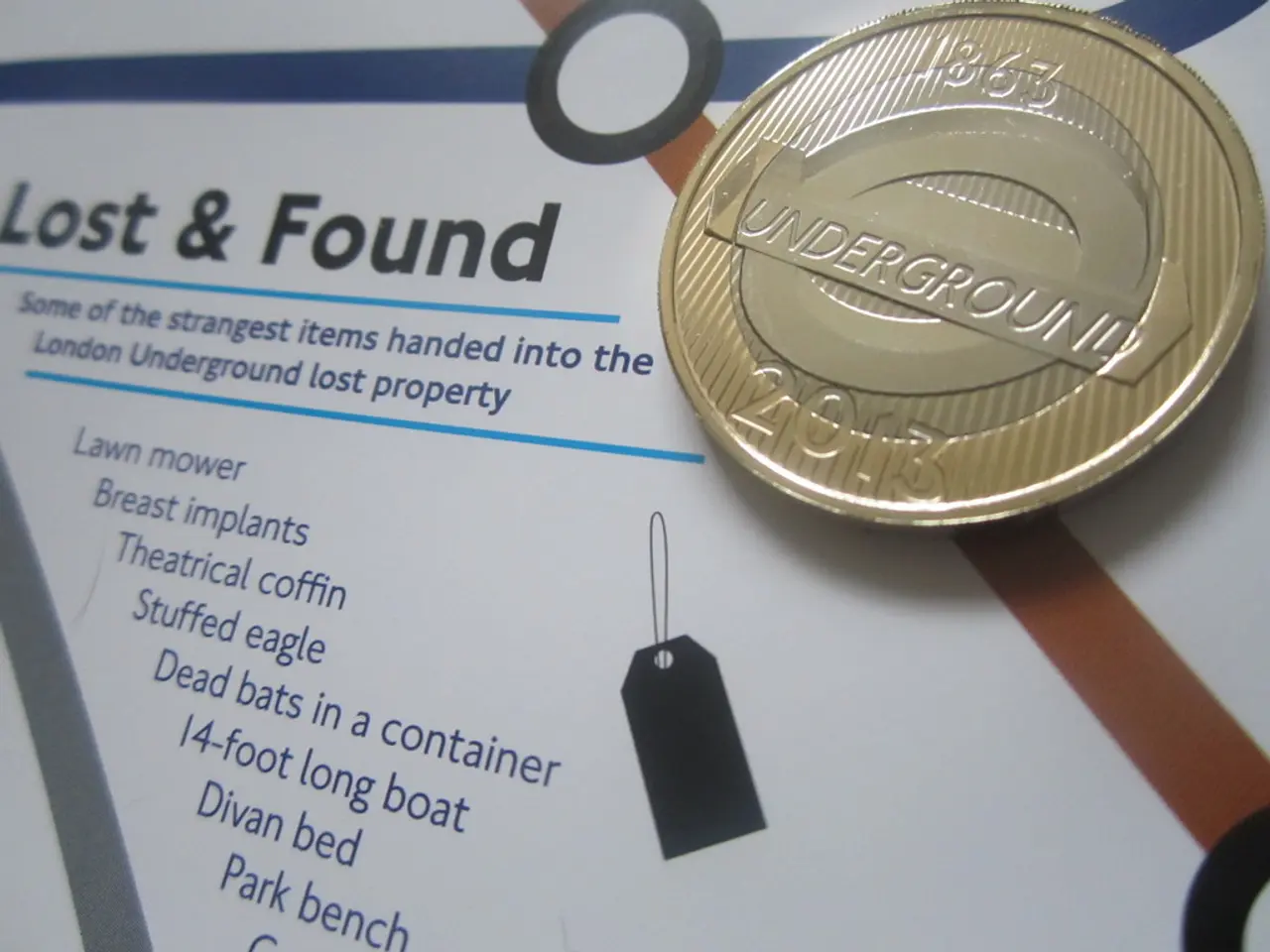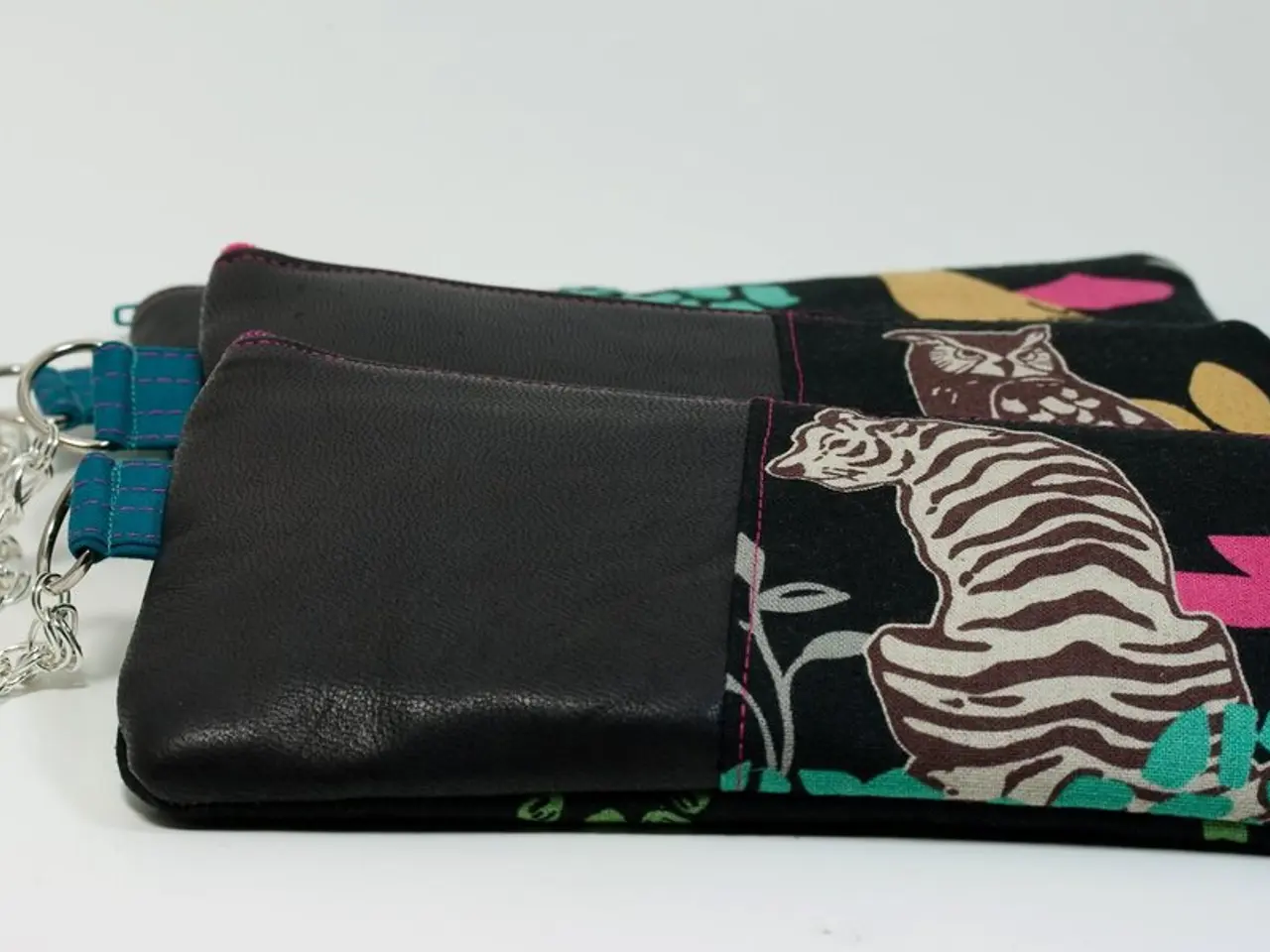European Central Bank Prepared to Lower Key Interest Rates According to Analysts' Perspectives
The European Central Bank (ECB) is closely monitoring the potential impact of US tariffs on EU goods, as the trade tensions could have significant implications for the bank's monetary policy decisions.
The tariffs could lead to disrupted trade flows between the US and EU, potentially hurting EU exports and economic growth. This, in turn, might result in lower inflation and reduced economic activity. To counteract these effects, the ECB might consider maintaining or even easing monetary conditions to support economic growth.
One of the tools at the ECB's disposal is forward guidance, which involves communicating expectations for future policy actions to help stabilise market expectations during uncertain times. The bank might also increase its asset purchases to inject liquidity into the economy and support banks in lending more to businesses affected by the tariffs.
Another option could be extending credit lines or reducing reserve requirements for banks to support lending, particularly to small and medium-sized enterprises (SMEs) that are often more vulnerable to economic shocks.
Analysts predict that there could be one more rate cut coming, but only in September. The current deposit facility rate stands at 2%, down from a record high of 4%. The ECB's rate cuts have helped support economic activity by lowering the cost of credit.
However, the specific actions taken by the ECB would depend on the severity of the economic impact, the state of inflation, and overall economic conditions. The ECB is not in a rush to lower the benchmark interest rate due to the economy doing relatively well and ongoing US trade talks.
The risk of an adverse tariff scenario has increased since the June ECB meeting. The stronger euro, up 13% this year at $1.17, has attracted attention as a potential damper on growth. President Christine Lagarde stated that the central bank is "getting to the end of a monetary policy cycle."
The EU-US trade talks are up against a deadline of 1 August. The response of financial markets to US President Donald Trump's letter to the EU has been muted. Expectations are that the landing point for tariffs on EU goods will be materially below 30%.
The ECB's rate cuts have been instrumental in bringing inflation down from double digits in late 2022 to 2% in June, in line with the ECB's target. Higher rates have the opposite effect and are used to cool off inflation by reducing demand for goods.
In conclusion, the ECB is prepared to adjust its monetary policy in response to US tariffs on EU goods. The goal would be to mitigate the negative economic impacts of trade tensions and support economic stability within the Eurozone. The bank will closely monitor the situation and make decisions based on the severity of the economic impact, the state of inflation, and overall economic conditions.
The ECB might utilize forward guidance and increase its asset purchases to counteract the potential negative effects of tariffs on EU-US trade, supporting economic growth and business activity. Given the uncertainty, the bank may also consider extending credit lines or reducing reserve requirements for banks, particularly for small and medium-sized enterprises (SMEs).




